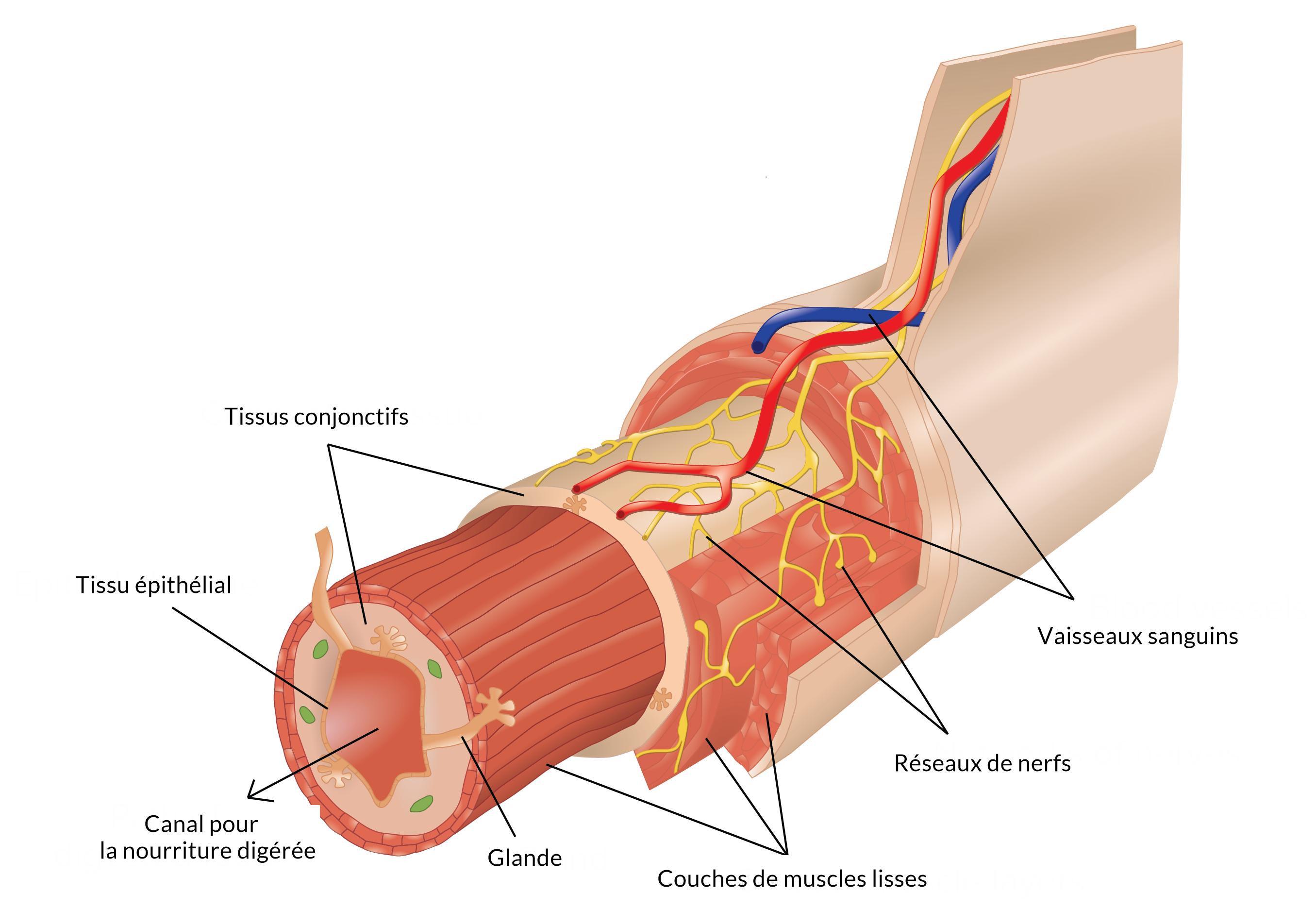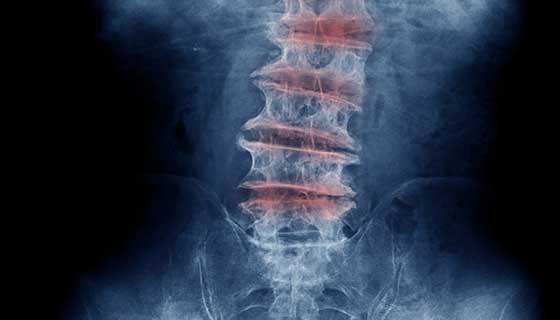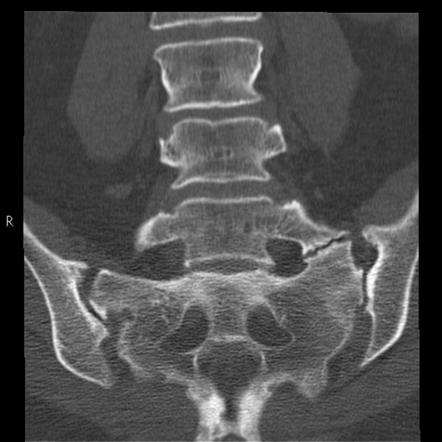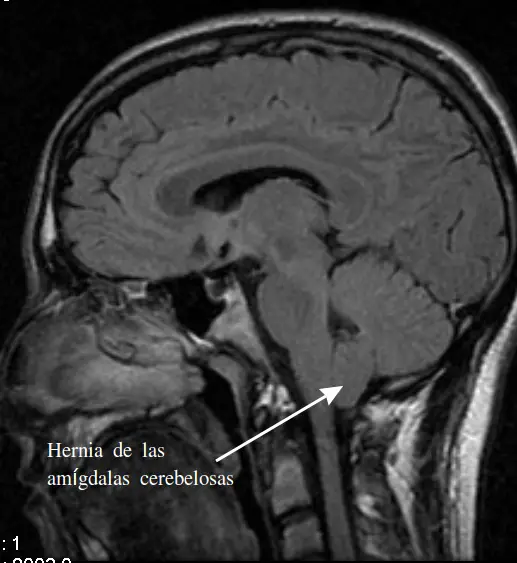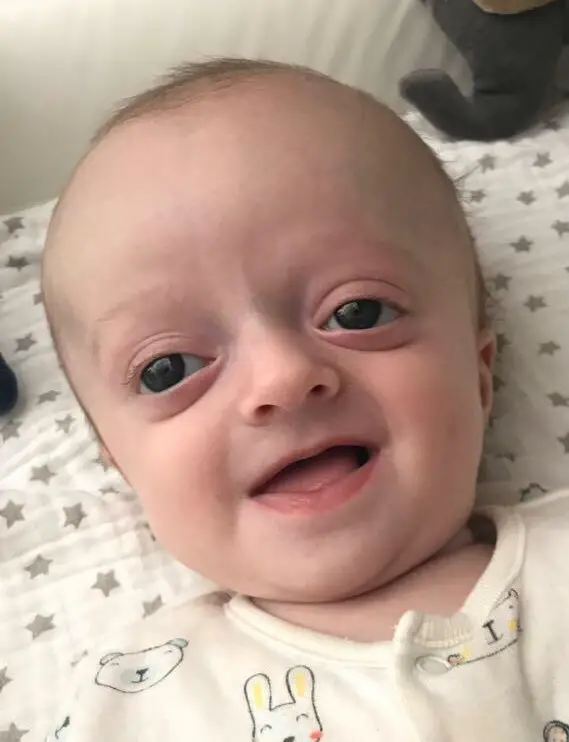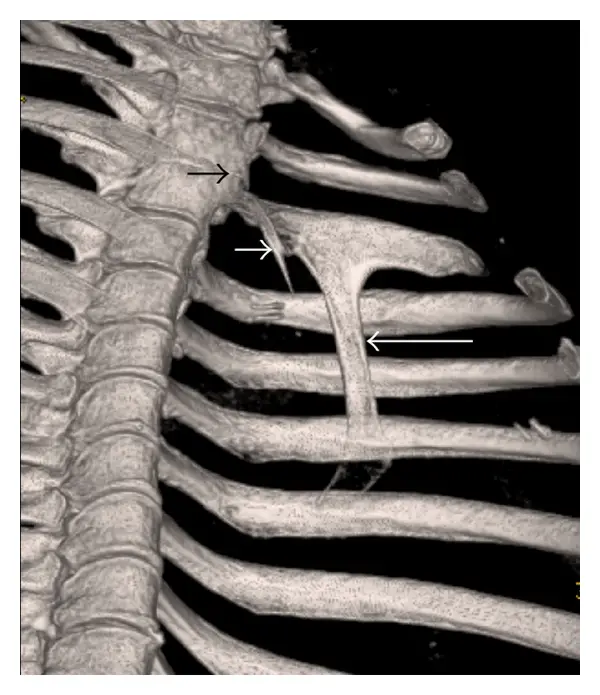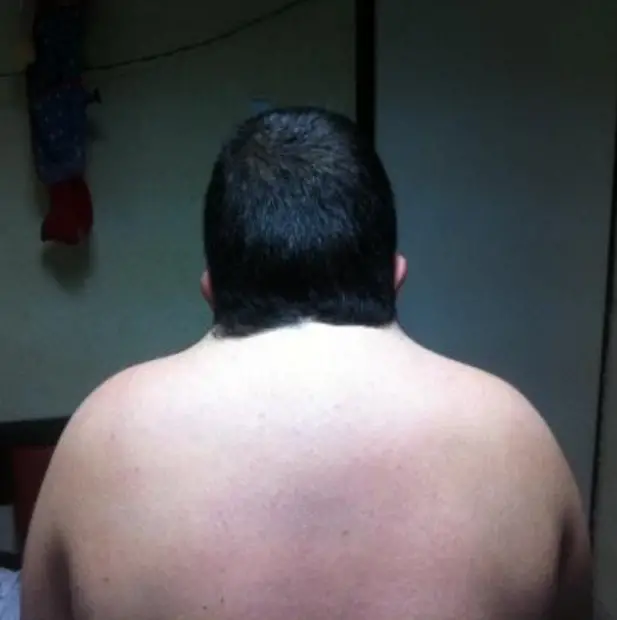Article reviewed and approved by Dr. Ibtissama Boukas, physician specializing in family medicine
Le Ehlers-Danlos syndrome is a rare genetic disease. Its prevalence is estimated at around one birth per 5. The name given to this pathology comes from research by the Dane Edvard Ehlers and French Henri-Alexandre Danlos at the very beginning of the 20th century.
One might wonder if contortionists suffer from this disease. Well in some cases, yes, contortionists are afflicted with Ehlers-Danlos syndrome. It is a pathology in which the structures that make up the skin (collagen, connective tissues) are modified. The skin therefore becomes very elastic.
This popular article defines in detail the Ehlers-Danlos syndrome. It informs you about the various symptoms and how to make the diagnosis. This article also discusses the means of management as well as the prognosis and probable life expectancy of an individual with this disease.
Definition
In fact, there are several types of Ehlers-Danlos syndrome. They are all genetic pathologies due to damage to collagen.
Collagen is the most abundant protein in the human body. It plays a role of tissue cohesion and supports the skin. Collagen provides the firmness and elasticity necessary for the skin to move and function normally.
Thus we find six types of Ehlers-Danlos syndrome.
- Ehlers-Danlos Syndrome hypermobile type (Type III).
- The classic Ehlers-Danlos Syndrome (old type I/II).
- Ehlers-Danlos syndrome vascular type (type IV).
- Ehlers-Danlos syndrome, oculo-kypho-scoliotic type (type VI).
- Ehlers-Danlos syndrome, arthro-chalasic type (Type VII).
- Ehlers-Danlos Syndrome dermato-sphixic type (Type VIII).
The hypermobile type Ehlers-Danlos syndrome, the classic type and the vascular type are respectively the most found. Some scientists think that types VI, VII and VIII would not exist and would only be manifestations and various expressions of type III.
Symptoms of the disease
The clinical symptoms of Ehlers-Danlos syndrome are highly variable depending on the form. However, we generally find a skin hyperstretchability, a fragility and skin atrophy, a joint hypermobility and sometimes a fragility of other connective tissues from the body.
Cutaneous hyper-stretchability
The skin becomes thin and smooth but above all hyperelastic. The skin therefore stretches easily when it is pulled and resumes its initial shape as soon as it is released. There is a delay in wound healing. This results in the formation of atrophic scars, particularly visible on the extension surfaces of the knees and elbows. In some forms, the skin is just smooth and transparent, revealing the subcutaneous venous network on the thorax, on the abdomen and on the extremities.
Hyperstretchability of muscles and bones
This laxity is appreciated by the Beighton score in 9 points. The different criteria for this score are:
- Passive dorsiflexion of the 5th finger > 90°: negative (0 point), positive and unilateral (1 point), positive and bilateral (2 points).
- Passive flexion of the thumb towards the forearm : negative (0 point), positive and unilateral (1 point), positive and bilateral (2 points).
- Elbow hyperextension > 10° : negative (0 point), positive and unilateral (1 point), positive and bilateral (2 points).
- Hyperextension > 10° of the knees : negative (0 point), positive and unilateral (1 point), positive and bilateral (2 points).
- Full trunk flexion, knees fully extended with palms fully on the ground: negative (0 points), positive (1 point).
We say that the Beighton score is positive if it is greater than or equal to 5 points.
People carrying the Ehlers-Danlos syndrome they have a muscle hypotonia due to the tendons which are relaxed causing a delay in motor development. They are predisposed to frequent sprains in childhood. They are also prone to have congenital dislocations especially of the hip joints. These lesions occur spontaneously or following insignificant trauma.
The joints of the extremities of the body are the most affected but also the spine, the costo-vertebral joints (between the ribs and vertebrae), costo sternales (between the ribs and the sternum), the clavicles and the temporomandibular joints.
Musculoskeletal pain
This is'arthromyalgia (joint and muscle pain). The pains in the Ehlers-Danlos syndrome are caused by increased stress on the tendons and joint capsules. These pains are permanent, aggravated as much by movement as by immobilization. They are often diffuse and symmetrical. The topography of these pains concerns the lower limbs, but sometimes the axial skeleton can be affected.
fatigue
Tiredness is a feeling of muscle weakness and exhaustion. It is maximum at the end of the day. It would be due to the inefficiency of the muscular contractions linked to the distensibility of the tendons.
bruising
Vascular fragility is one of the frequent manifestations of Ehlers-Danlos syndrome. Bruises appear as brownish discolorations of the skin. They are repetitive, multiple occurring easily. Bruising may be associated with abnormally prolonged bleeding from weakened blood capillaries.
Other events
- Spontaneous nosebleeds.
- Heavy and painful periods in some women.
- Hernias (inguinal, umbilical, etc.)
- A rectal prolapse.
- Heart defects (rare).
- Vision disorders.
Diagnostic
The specialist discusses the diagnosis of Ehlers-Danlos syndrome at the clinic. Indeed, the highlighting of hypermobility is done through the Beighton maneuvers. However, the specialist will have to look for other damage to the skin or vessels. A family investigation in search of similar cases will be carried out. This survey will classify the Ehlers-Danlos syndrome, to give a prognosis and to assess the risk of transmission to offspring.
Ultrasound and other imaging of the vessels are performed to detect possible cardiac abnormalities (vascular prolapse, arterial aneurysms).
Skin biopsy with histological study is possible if the symptomatology is not obvious. It shows a remodeling of the connective tissue. Collagen fibrils are thicker and irregular.
A molecular genetic study can also be undertaken, especially in the vascular and classic forms.
Treatment: How to Cure Ehler-Danlos Syndrome
Management of skin involvement
Children with severe skin fragility should wear pads and bandages on the forehead, chin and knees to prevent lacerations. If, despite these precautions, wounds occur, they must be closed without tension, if possible in two layers. Wound stitches should be plentiful and left long enough to prevent loosening.
Management of vascular involvement
- The treatment of recurrent bruising in patients with the Ehlers-Danlos syndrome goes through the eviction of contact sports, violent exercises and drugs affecting the mechanisms of haemostasis (physiological phenomena contributing to the prevention and cessation of bleeding).
- Possible surgical management in these patients must take into account the excessive vascular fragility. Surgery should therefore be avoided as much as possible.
- According to some studies, supplementation with ascorbic acid (vitamin C) would reduce vascular fragility in some patients. This drug would have the capacity to increase the synthesis of collagen.
Management of musculoskeletal damage
- Light muscle exercises such as swimming will improve motor development and muscle coordination in cases of muscle hypotonia.
- The management of joint pain involves the administration of painkillers at levels 1, 2 or 3 (paracetamol, tramadol, codeine, morphine). Non-steroidal anti-inflammatory drugs (NSAIDs) should be avoided because they can aggravate vascular fragility.
- In severe forms, a rehabilitation program and adaptation of the environment will be necessary to reduce the risk of injury and falls.
Warnings and Prevention
Patients with the Ehlers-Danlos syndrome must :
- Avoid activities such as ballet, gymnastics, contact sports.
- Avoid scuba diving because of the risk of pneumothorax (presence of air between the membranes covering the lungs).
- Avoid inserting an IUD in women as well as intrauterine procedures because of the fragility of the endometrium (inner layer of the uterus).
- It is forbidden to perform spinal manipulations, especially on the cervical ones.
Prognosis and life expectancy
The life expectancy of patients with Ehlers-Danlos syndrome is usually normal in most forms. However, life-threatening complications can occur in some forms. For example, an arterial rupture in the vascular form can be fatal.
- Psychological support and psychotherapy can be useful to help patients cope with their daily life.
- It will be necessary to clearly inform about the non-evolving nature of the pathology.
- There are several patient associations that can be beneficial for patients suffering from this pathology.
Conclusion
Le Ehlers-Danlos syndrome is a genetic disease caused by damage to the connective tissue collagen making up 80% of the human body. There are six types of which the vascular type is the most serious because it has a poor vital prognosis.
The symptomatology of Ehlers-Danlos syndrome is polymorphic but the diagnosis can only be made in the clinic thanks to the Beighton score.
The management of patients with this pathology is based on the treatment of skin lesions and especially preventive treatment of vascular damage. Analgesics are used to relieve pain while avoiding NSAIDs.
A way of life excluding constraining physical activities as well as psychological help are necessary for the acceptance of the disease by carriers. Life expectancy is generally maintained although membership in support groups is advised.
To read the testimony of Ornella, a patient with Ehler-Danlos Syndrome, see the following article.
Projects
- Beighton, De Paepe A, Steinmann B, Tsipouras P, Wenstrup RJ, “Ehlers-Danlos syndromes: revised nosology, Villefranche, 1997. Ehlers-Danlos National Foundation (USA) and Ehlers-Danlos Support Group (UK)”, Am J Med Genet, vol. 77, no 1, 1998, p. 31–7.
- Miller RL, Elsas LJ, Priest RE. Ascorbate action on normal and mutant human lysyl hydroxylases from cultured dermal fibroblasts. J Invest Dermatol 1979;72:241-7.
- Elsas LJ 2nd, Miller RL, Pinnell SR. Inherited human collagen lysyl hydroxylase deficiency: ascorbic acid response. J Pediatr 1978;92:378-84.
- https://www.edimark.fr/Front/frontpost/getfiles/16619.pdf
If you liked the article, please share it on your social networks (Facebook and others, by clicking on the link below). This will allow your relatives and friends suffering from the same condition to benefit from advice and support.




